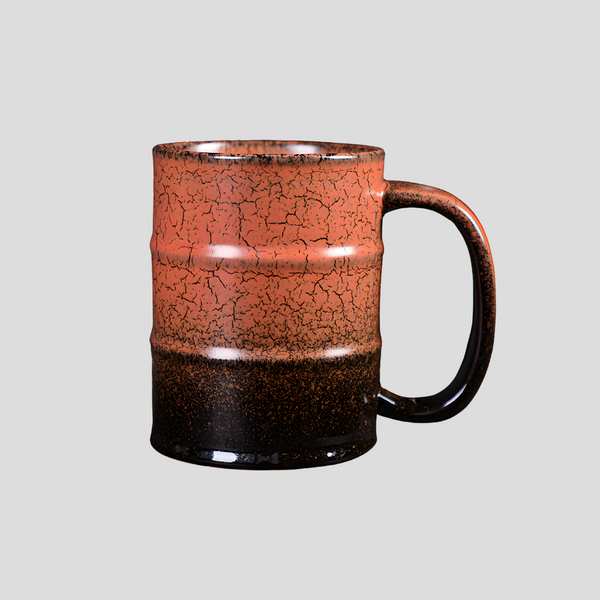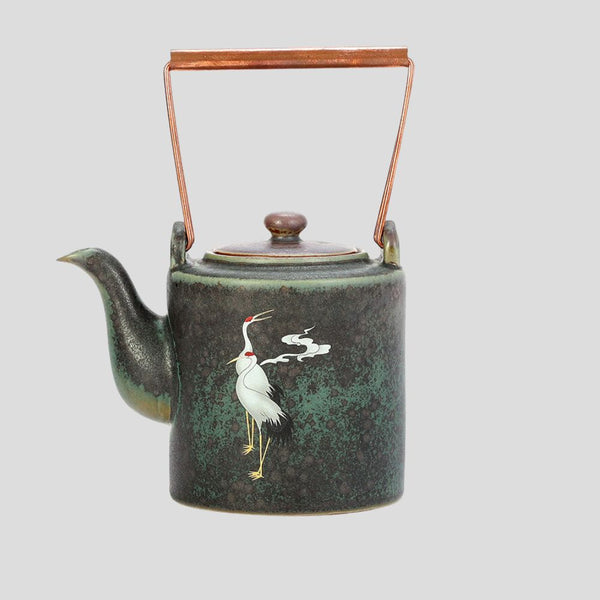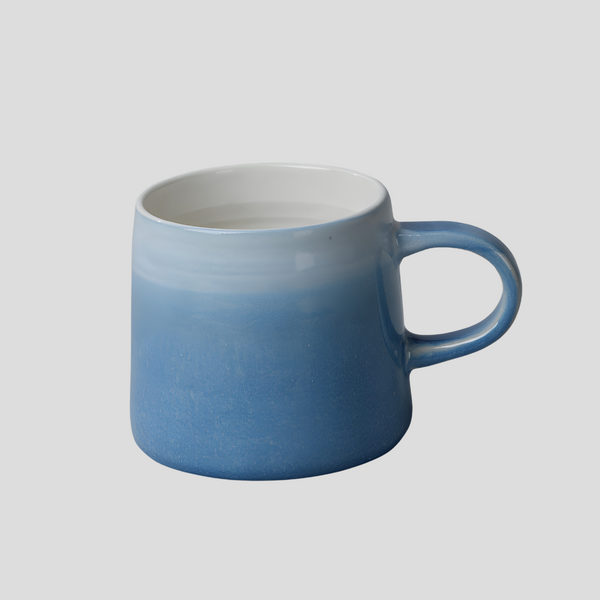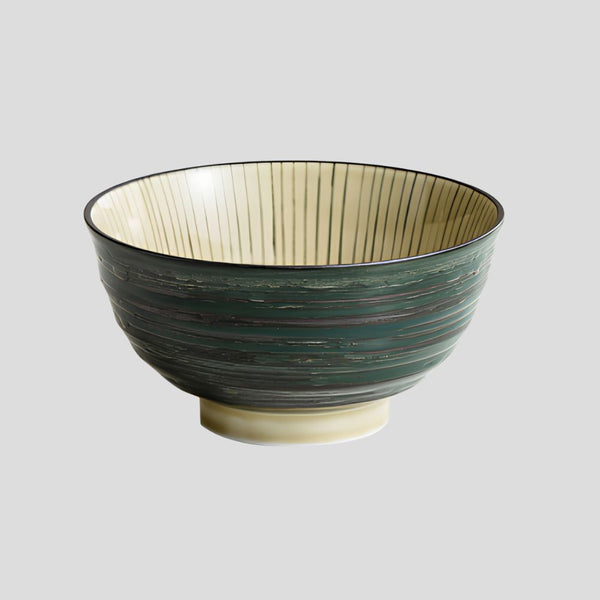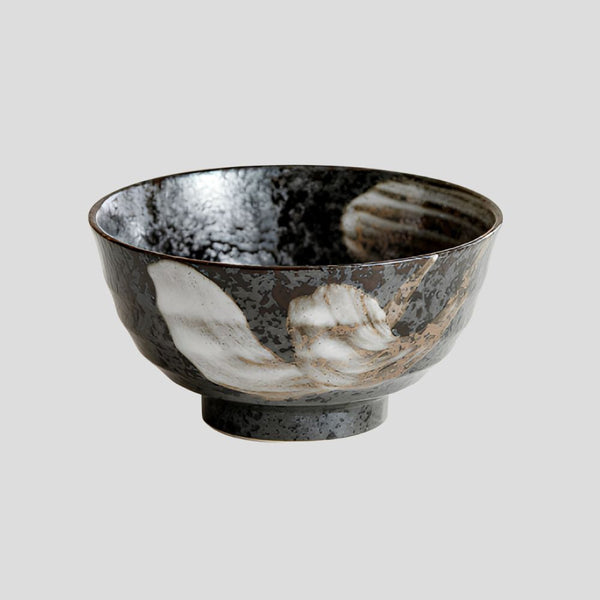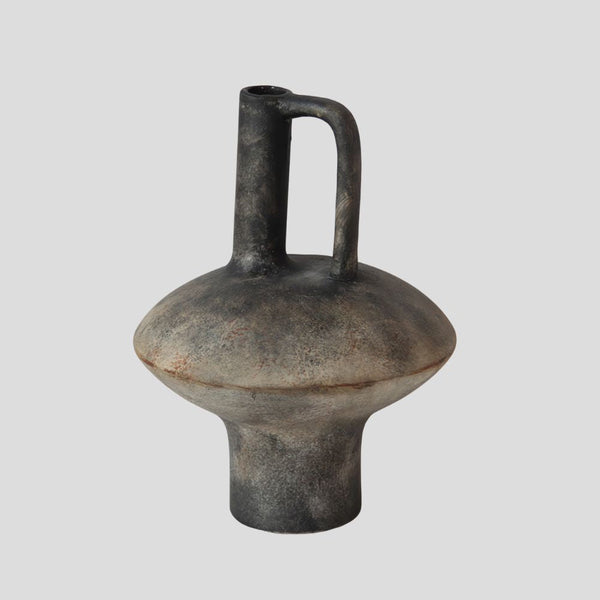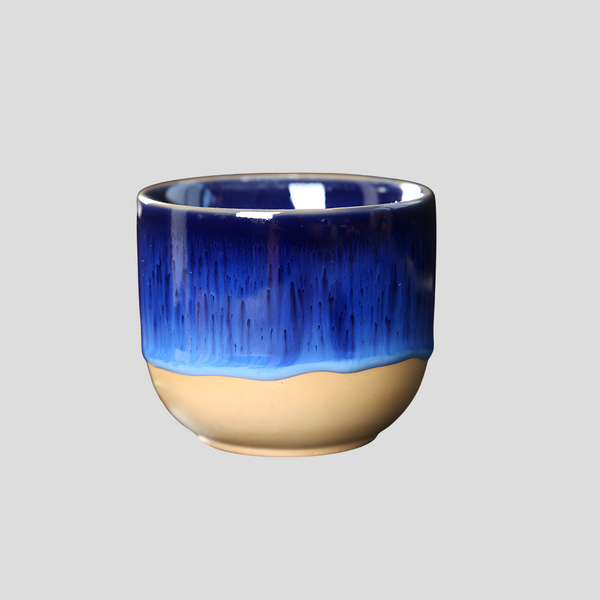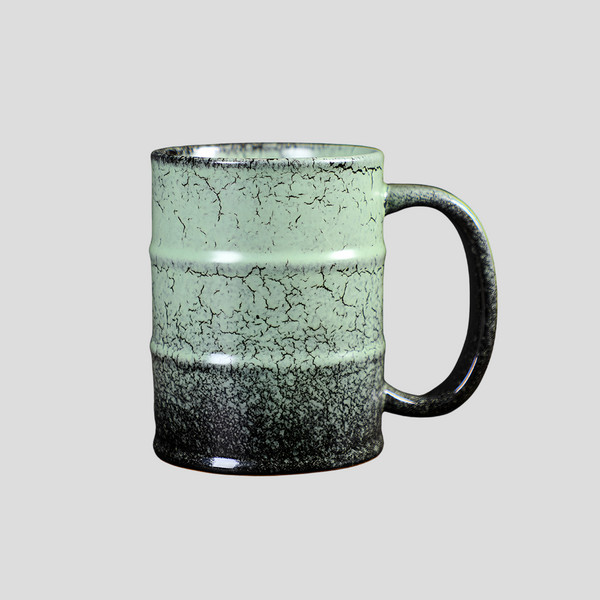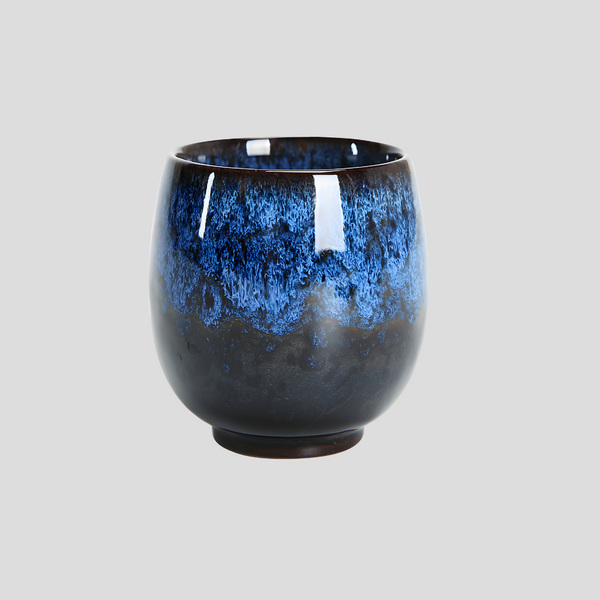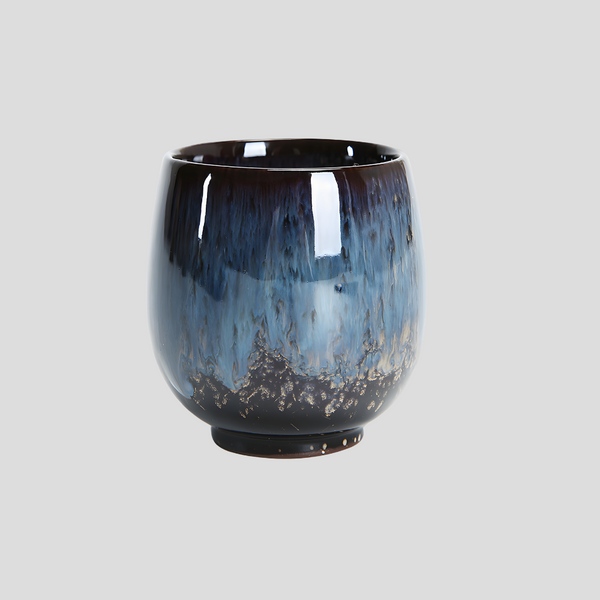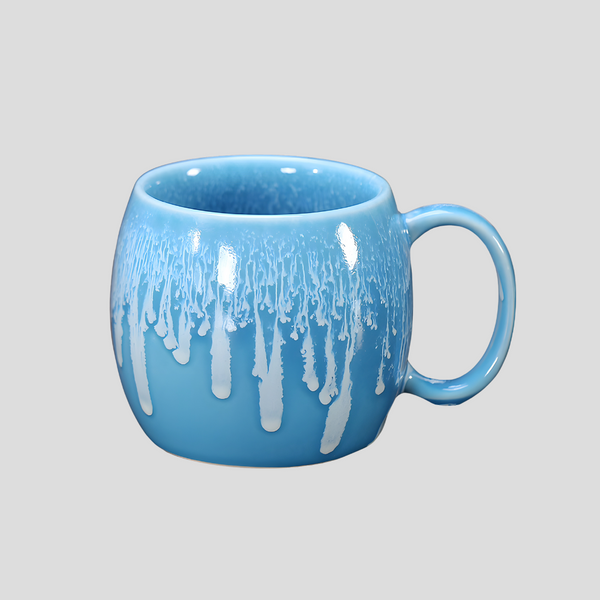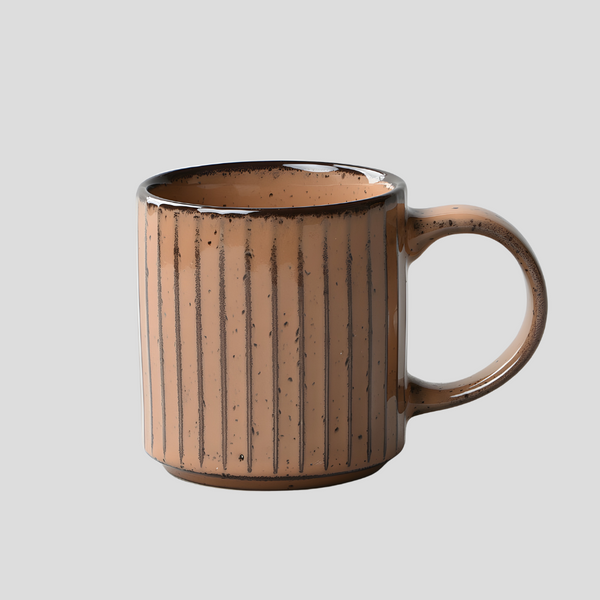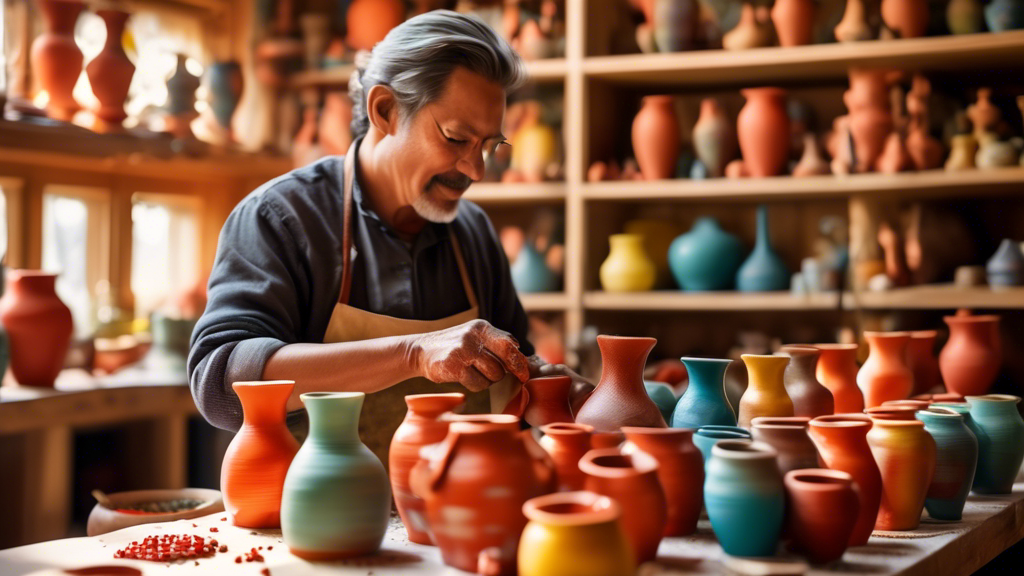
Exploring the Art of Pepper Pottery: A Unique Craft
Exploring the Art of Pepper Pottery: A Unique Craft
In the diverse world of ceramics, an unconventional and intriguing art form known as pepper pottery stands out for its unique characteristics and the deep cultural heritage it embodies. This artisan craft goes beyond the traditional scope of pottery, offering both aesthetics and functionality with a sprinkle of tradition and innovation.
Origins and History
The origins of pepper pottery can be traced back to various parts of the world, each with its own unique influence on the craft. However, it prominently emerged from regions known for their rich traditions in pottery and spices. This art form bears a significant cultural imprint, reflecting the social practices, trade routes, and culinary preferences of its region of origin. Initially, the craft served a dual purpose of preserving and storing spices, particularly pepper, which was a valuable commodity in ancient trade.
Techniques and Materials
The creation of pepper pottery requires skillful hands and a deep understanding of ceramic techniques. Artisans typically use local clay, which is meticulously selected for its quality and compatibility with the spices it is meant to contain. The clay is shaped, often by hand, into various forms such as containers, pots, or even ornamental pieces that can serve as spice dispensers. The shaping technique involves a delicate balance of pressure and rotation, ensuring the clay walls are of equal thickness to prevent cracks during the firing process.
Once shaped, the pottery is adorned with designs that are either etched, painted, or glazed onto its surface. These designs often draw inspiration from local flora, fauna, and cultural motifs, making each piece a unique representation of its maker's skills and heritage. The final step involves firing the pottery in a kiln at high temperatures, a process that solidifies the clay and sets the designs. Artisans closely monitor the firing process, adjusting temperatures to achieve the desired finish and durability.
Cultural Significance
Pepper pottery is more than just an art form; it is a bearer of cultural identity and tradition. The motifs and designs employed in its creation tell stories of the communities and landscapes from which they originate. This form of pottery often plays a significant role in local ceremonies and festivities, acting as a symbol of prosperity and culinary heritage. In some cultures, pepper pottery is gifted to mark important life milestones, such as weddings or the birth of a child, signifying wishes of wealth, health, and happiness.
Contemporary Relevance
In the modern era, pepper pottery has seen a resurgence in popularity among both collectors and those seeking to add a touch of tradition to their homes. Artisans have begun experimenting with new designs and techniques, merging traditional craftsmanship with contemporary aesthetics. This has opened up new avenues for the art form, making it relevant to a broader audience and ensuring its survival for generations to come.
Moreover, with an increasing awareness of sustainable practices, pepper pottery is valued for its eco-friendliness. Being made from natural materials and serving a practical purpose in everyday life, it represents a conscious choice for consumers looking to reduce their environmental impact.
Conclusion
The art of pepper pottery, with its rich history and cultural significance, offers a fascinating glimpse into the world of traditional crafts. It stands as a testament to the skill and creativity of artisans who have preserved and evolved this art form over centuries. For those interested in exploring the unique blend of culture, history, and craftsmanship, pepper pottery presents a captivating journey into a lesser-known, yet immensely rewarding, craft.
Click this link to check out our ceramic artwork!
